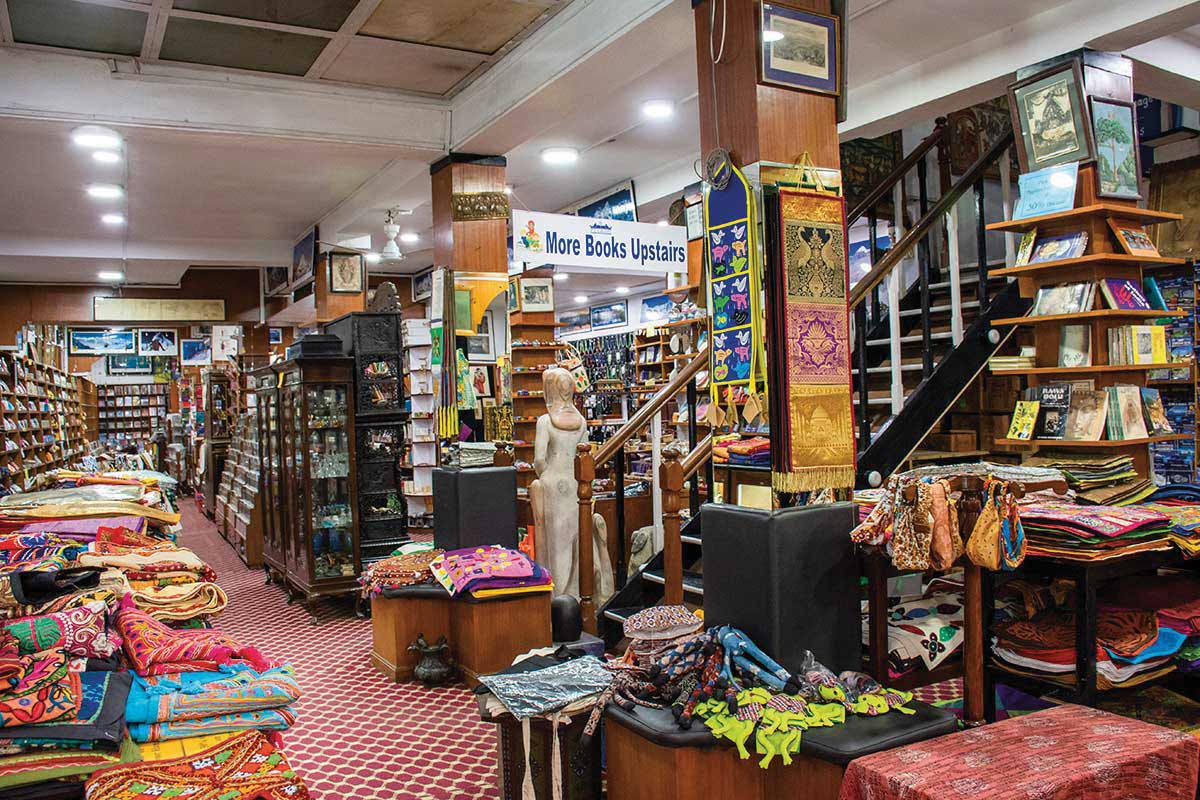Difficult, dangerous and expensive - that's what rock climbing seems and actually is. Try it though and find the better sides.
If you’ve never done any rock climbing before, here is rule number one – ‘rock climbing is dangerous.’ Understand this and read on. Climbers, experts and novices alike have died from things as simple as not tying a knot, missing a single detail (of a hundred); the list, grimly, goes on. Rule number one of rock climbing is ‘safety first’. Rule number two is ‘first learn rule number one’.
Like all good things in life, it takes time and learning is a joy, and with rock climbing: pure, exhilarating, physical adrenaline-dosed joy!
 Rock climbing starts
Rock climbing starts
.. (a little disappointingly but,) at a climbing centre. While the idea of climbing rocks is a lot more exciting, the fact that climbing is dangerous makes learning the basics at a climbing centre more of a compulsion and less of an option. There are some similarities and huge differences between climbing walls and rocks and even if you don’t like climbing walls, you might actually enjoy climbing rocks. (It’s a stupid analogy but) Taking up rock climbing is pretty much the same as deciding to learn a foreign language, like say French (unless you are French and/or can speak French). Like a new language, you can’t expect to learn rock climbing in a week, let alone a day. There is also the cost factor, climbing isn’t cheap as a hobby.
Persevere!
Most people come very excited to climbing centers, put on harnesses and shoes, and realize that climbing uses never before used muscles and then come up with the conclusion that climbing isn’t for them. They then consider the cost of a climbing pass for a day and climbing becomes an expensive sport that they aren’t really good at… and using very sound logic, quit.
Persevere! Take a weekly or a monthly pass and make it a point to go for a week – climbing becomes so much easier on the second day.
It’s not about muscles
Women tend to make better climbers than most men because they tend to focus on technique, not muscles. It is true that more men have climbed harder and higher graded climbs but female climbers tend to be elegant and graceful during climbs, using less energy which is how good climbers actually climb.
It doesn’t matter if you work out regularly at a gym and have 6 packs and bulging biceps. Climbing is more about being dexterous, and having proper body coordination than about muscles. Yes, climbing is definitely easier if you are of a slimmer build. For those who want to lose weight, climbing regularly is pretty much a guaranteed method for losing weight and climbers are almost always of slimmer build.
At first glance, yes, climbing is terribly expensive. Day rates at most climbing centers alone are NRs. 250-500, and add to that the cost of equipment. A basic individual climbing set will run up to NRs. 15,000 and the cost of equipment necessary for an actual climb will cost at least twice that.
If you find that climbing appeals to you, then it is definitely worth buying your own gear. The most basic on that list is a pair of climbing shoes (NRs. 7000 plus), a harness (NRs. 4000 plus), a chalk bag (as cheap as NRs. 500) and a carabiner and a belay device. It is a huge sum upfront but lasts for ages. However, there are plenty of places in Thamel that rent equipment.
Where to start
If you’re looking to start rock climbing, head to Pasang Lhamu Sherpa Climbing Centre (Tel: 4370742, www.pasanglhamu.org) where very frequently you get to climb with people who have actually climbed Everest. There are a few other places inside Kathmandu – Astrek in Thamel (www.asian-trekking.com) and Bouldering Gym in Patan (Contact Paresh 9841226397).
For those who climb, there are few things that live up to the feeling of being on the rock –a mix of adrenaline meeting concentration, dexterity and something calm and serene. If you’re interested in the health benefits, climbing is an excellent workout and really helps keep you slim. If you really want to know – go find out!
Safety first, and happy climbing!











